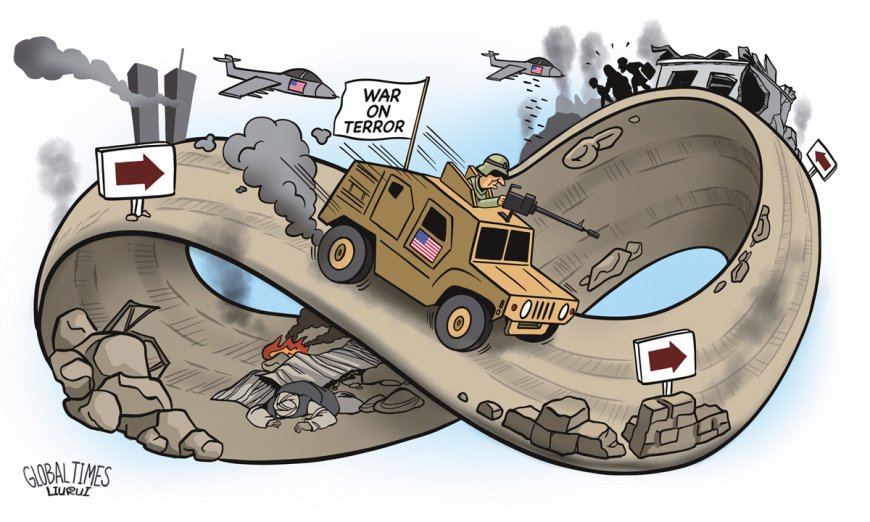The Modern Military-Industrial Complex: A Trillion-Dollar Behemoth Still Shape-Shifting
Explore the enduring influence of the military-industrial complex (MIC), as warned by Eisenhower, now consuming over $886 billion annually. Uncover how major weapons firms, lobbying, and political ties drive a trillion-dollar industry. Discover the impacts on public priorities and the economy, urging a call for reform.

In the shadow of President Eisenhower's warning, the military-industrial complex (MIC) has evolved into a colossal force, now consuming an astonishing $886 billion annually. Let's delve into the transformed landscape, where major weapons giants like Boeing, Lockheed Martin, and others wield unprecedented power, securing over $150 billion in Pentagon contracts each year.
The Modern MIC Landscape: Major Players Dominating the Industry In a departure from Eisenhower's era, a handful of major firms—Boeing, General Dynamics, Lockheed Martin, Northrop Grumman, and Raytheon—stand as modern MIC titans. Together, they monopolize the industry, shaping policies and reaping Pentagon contracts that surpass historical norms.
Military Spending and the China Focus: A Pacing Threat or Economic Rivalry? While China is labeled the "pacing threat," experts raise eyebrows at the significant military spending hikes. Despite holding a firepower advantage, the U.S. intensifies its focus on China, proving a windfall for the arms industry. The buzz around high-tech systems, from hypersonic missiles to AI weaponry, adds complexity to the narrative, questioning their costs and performance.
Financial Web of Influence: Political Donations and Revolving Doors Beyond Pentagon contracts, the MIC casts a financial web with over $83 million in political donations. Lockheed Martin takes the lead with $9.1 million, reinforcing its influence over key committees. The revolving door phenomenon, with 700 former government officials now working for defense contractors, magnifies the industry's sway.
Think Tanks and Military Propaganda: Shaping Elite Discourse and Hollywood Collaborations Think tanks, often seen as pillars of intellectual discourse, are not immune to the MIC's influence, with 75% receiving partial funding from defense contractors. The military-entertainment complex comes into play, with blockbusters like Top Gun: Maverick serving as conduits for Pentagon-backed military propaganda.
Calls for Reform: Addressing the Roots of Influence Amidst the persisting power of the MIC, calls for reform resonate. Campaign-finance overhaul, curbing the revolving door, and transparency in funding sources emerge as solutions. Advocates emphasize diverting resources from excessive weapons systems to green technology and public health. A pivotal role is assigned to a public education campaign to dispel the climate of fear surrounding China and foster a more realistic view of security challenges.
Conclusion: Dismantling the Complex for a Global Pivot As the modern military-industrial complex maintains its grip, dismantling its pillars emerges as an imperative task. Redirecting resources toward pressing global challenges like climate change and pandemics becomes paramount, urging a collective effort to break free from the complex's trillion-dollar clutches.







